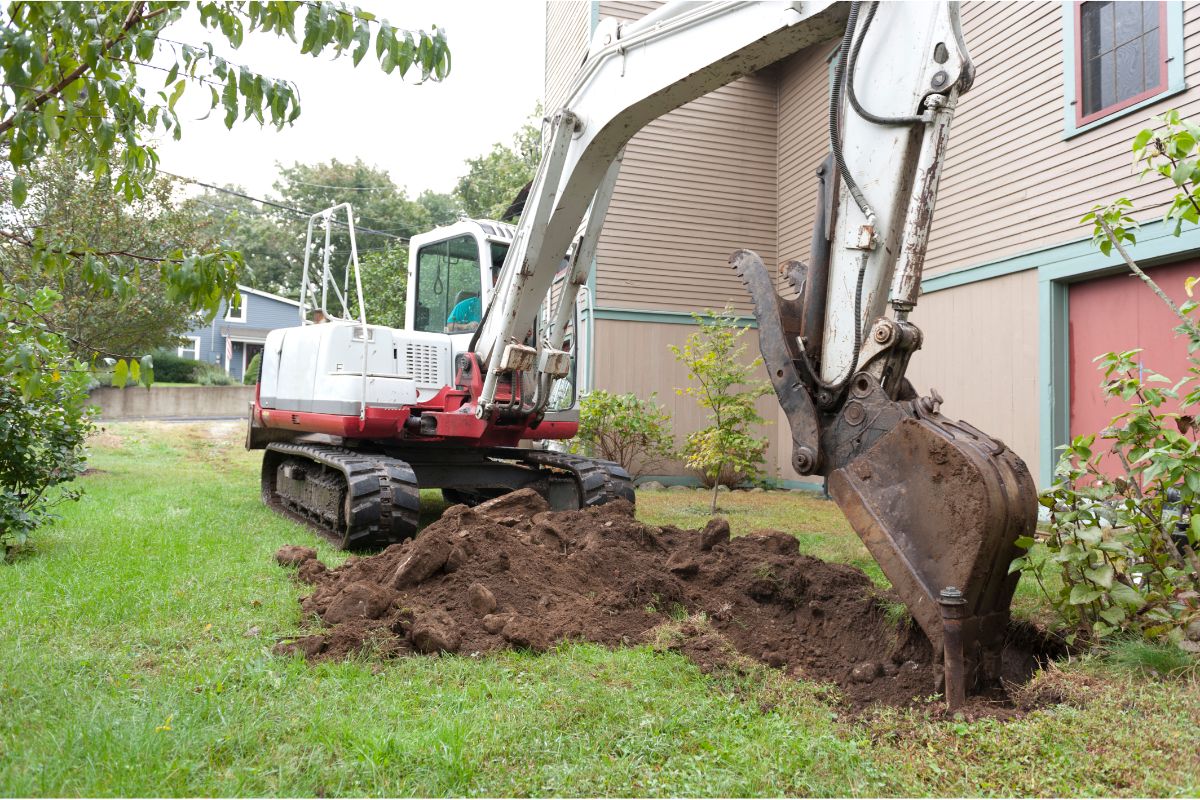For many property owners, underground oil tanks may seem like a harmless relic of the past. However, these tanks can pose significant risks to both property safety and the environment if left unattended. Understanding why underground oil tank removal is crucial can help homeowners and businesses make informed decisions about protecting their property, health, and financial investment. Here’s a closer look at the importance of removing underground oil tanks and the safety benefits that come with it.
Preventing Environmental Contamination
One of the most pressing reasons for removing underground oil tanks is to prevent environmental contamination. Over time, these tanks can corrode, leak, and allow oil to seep into the surrounding soil and groundwater. Oil spills contaminate natural resources and lead to costly environmental clean-ups. Additionally, oil contamination can spread to nearby water supplies, impacting drinking water quality for entire communities. By proactively removing an old oil tank, property owners help protect the environment and prevent widespread contamination.
Reducing Health Hazards
Leaking oil tanks can release toxic substances like benzene and other volatile organic compounds (VOCs) into the ground and air, posing health risks to those living on the property. Exposure to these substances can lead to respiratory issues, skin irritations, and even long-term health problems like cancer. Removing underground oil tanks eliminates the risk of harmful exposure, creating a safer living or working environment.
Avoiding Structural Damage to Your Property
An undetected oil leak can compromise the foundation of a building. Oil seeping into the ground can weaken the surrounding soil, causing the earth to shift and potentially leading to foundation cracks or other structural problems. Additionally, the weight of a deteriorating tank itself can cause issues underground. By removing the tank, you prevent potential damage to your property’s foundation, which could lead to costly repairs and structural instability over time.
Reducing Financial Liabilities and Legal Risks
If a tank leaks, property owners are typically responsible for clean up costs, which can be substantial depending on the extent of contamination. Additionally, many states have specific regulations regarding oil tank management, and failure to comply can result in legal consequences, fines, and costly remediation processes. By removing the tank, property owners can avoid these financial and legal headaches while ensuring their property adheres to environmental safety standards.
Boosting Property Value and Marketability
An underground oil tank can be a red flag for potential buyers. Buyers may be wary of possible contamination, future liabilities, and the high costs associated with tank removal and clean up. Proactively removing an underground oil tank not only reassures potential buyers of the property’s safety but can also make it easier to secure financing for the sale, as many lenders require tank removal for mortgage approvals. In today’s market, a property free from oil tanks is far more appealing and has a higher resale value.
Simplifying Insurance and Compliance
Home insurance providers often hesitate to offer coverage for properties with underground oil tanks due to the potential risk of leaks and environmental damage. Even if a provider offers coverage, the premiums can be higher due to the perceived risks. Removing an underground oil tank makes it easier to obtain adequate and affordable home insurance coverage, and it ensures compliance with state and local regulations. This step reduces hassle, saves money on insurance, and lowers the risk of denied claims.
Minimizing Fire Hazards
Oil is highly flammable, and any leaks from an underground tank can create a fire hazard on your property. In certain cases, old oil tanks may also emit fumes that can increase the risk of ignition if they accumulate around the tank or in enclosed spaces nearby. Removing the tank eliminates this fire hazard, giving you peace of mind and ensuring the safety of everyone on the property.
How to Remove an Underground Oil Tank Safely
Now that the reasons for removal are clear, here’s an overview of the typical steps involved in the process:
Site Assessment: A professional team inspects the site to assess the tank’s condition, size, and location and to check for potential leaks or soil contamination.
Permit Acquisition: Local governments often require permits to remove an oil tank, so securing the proper documentation is essential to ensure the process is legally compliant.
Tank Excavation: A team carefully excavates around the tank to safely remove it from the ground, using machinery and tools designed for the task.
Disposal and Soil Testing: Once the tank is removed, it is properly disposed of following environmental guidelines. The soil is also tested to check for any contamination and, if necessary, the area is treated to ensure safety.
Backfill and Restoration: After the tank is removed and the site is deemed safe, the ground is backfilled, leveled, and restored to match the rest of the property.
Final Thoughts
Removing an underground oil tank is a proactive measure that safeguards property value, environmental health, and personal safety. Given the potential dangers associated with these tanks, neglecting their removal can lead to more significant issues over time. By addressing the situation early, property owners not only protect themselves from future liabilities but also contribute to a cleaner and safer community.
Whether you’re a homeowner or a commercial property owner, consider reaching out to a Simple Tank Services to evaluate the situation. Taking this step now can save you from costly repairs, legal complications, and health hazards in the future, ultimately offering peace of mind that your property is safe and secure.

